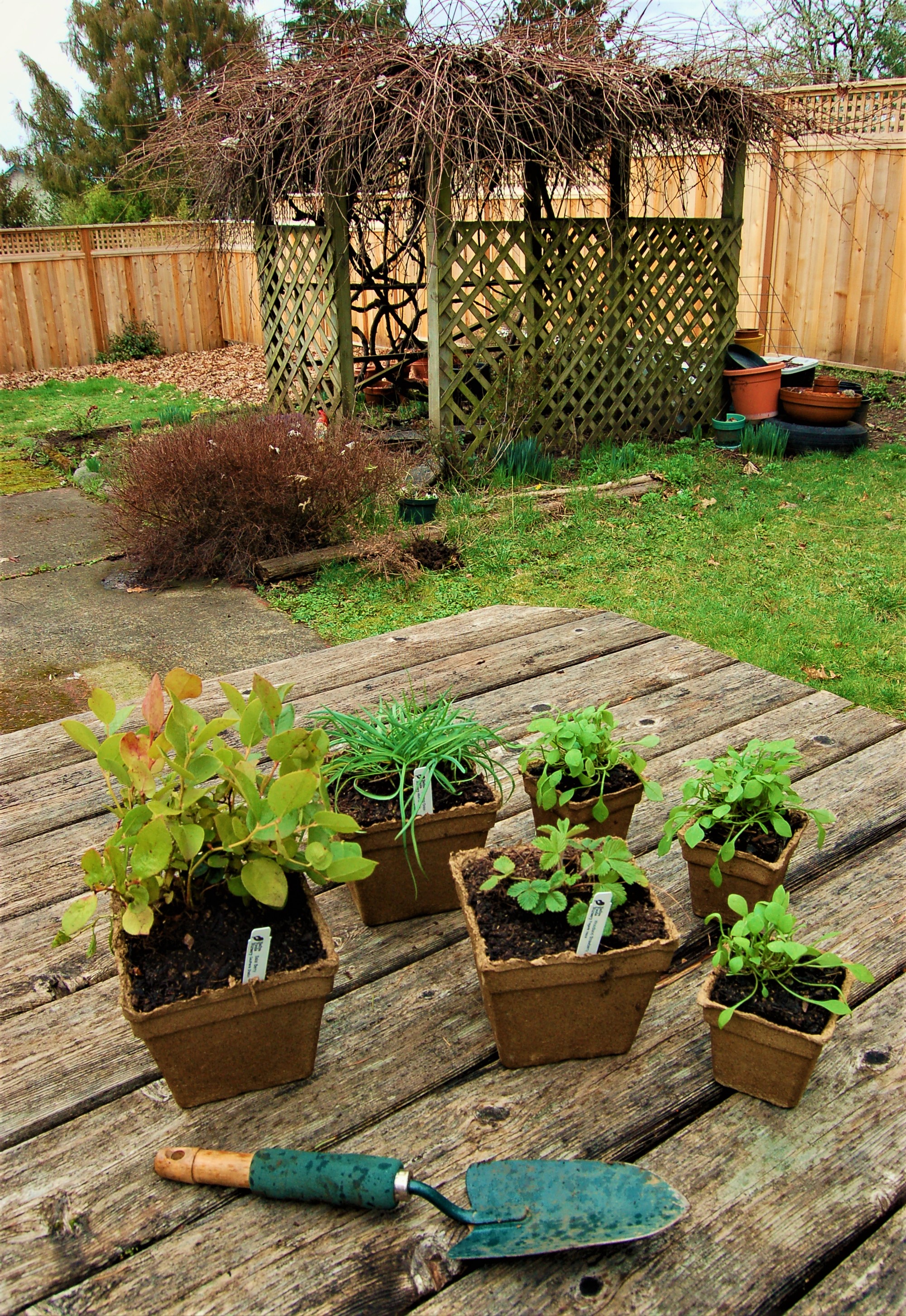
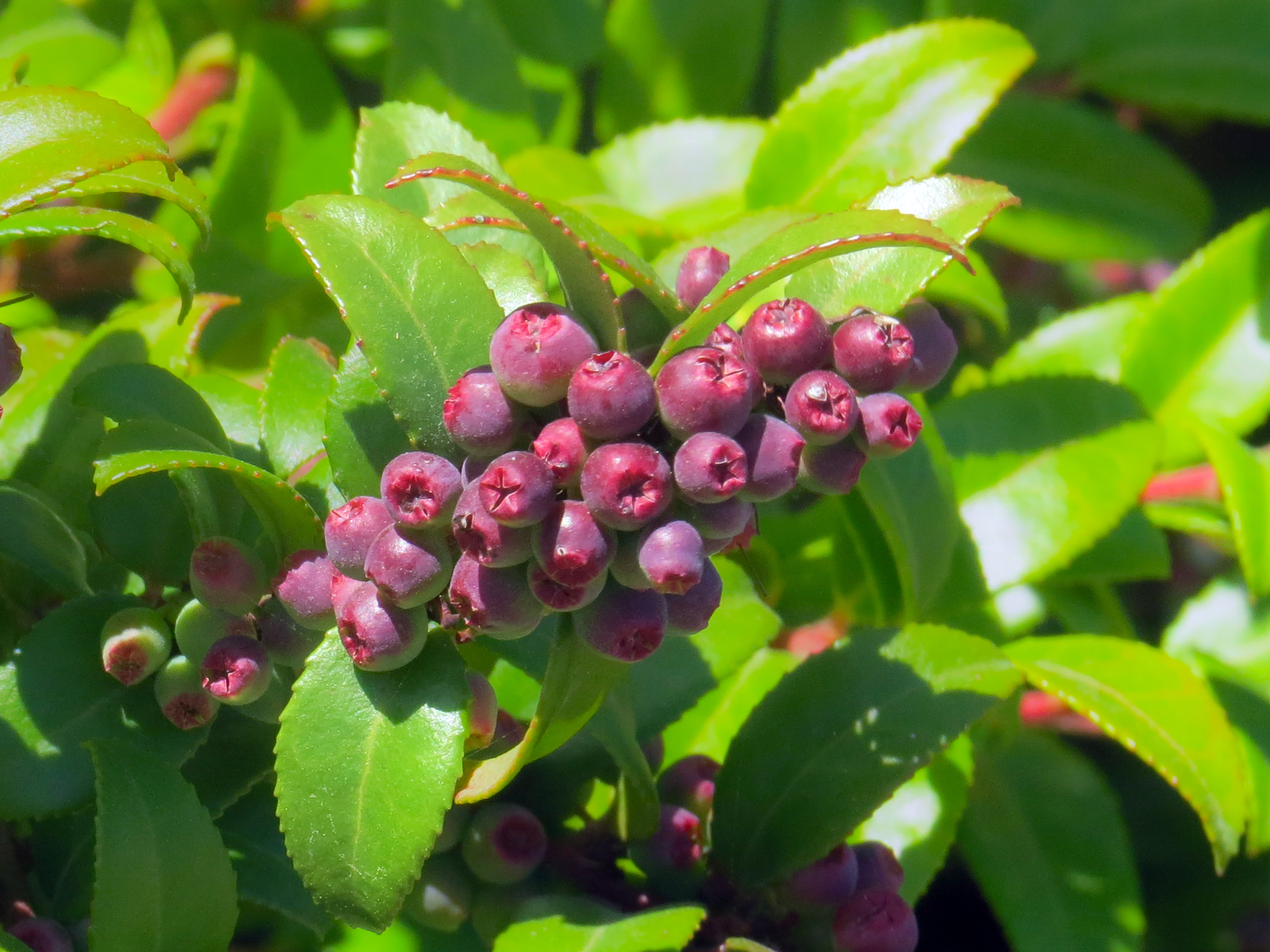
We gardeners don't have to look far these days to see the trouble in the world. We can see the imbalances in our ecosystems, our agricultural systems, and in the home-landscape choices around us. Thousands of native plants and animals have gone extinct; over 2/3rds of the remaining plants are actively threatened... Our agricultural systems have become large monocultures fueled by chemicals and GMOs - leaving our grocery shelves full of nutrition-poor, processed foods... America's front yards are filled with high-input, exotic plants and managed with pesticides, herbicides, and chemical fertilizers - leaving polluted waters and unsafe living environments...
Fortunately, we also need not look far for solutions! Nature is leading the way!
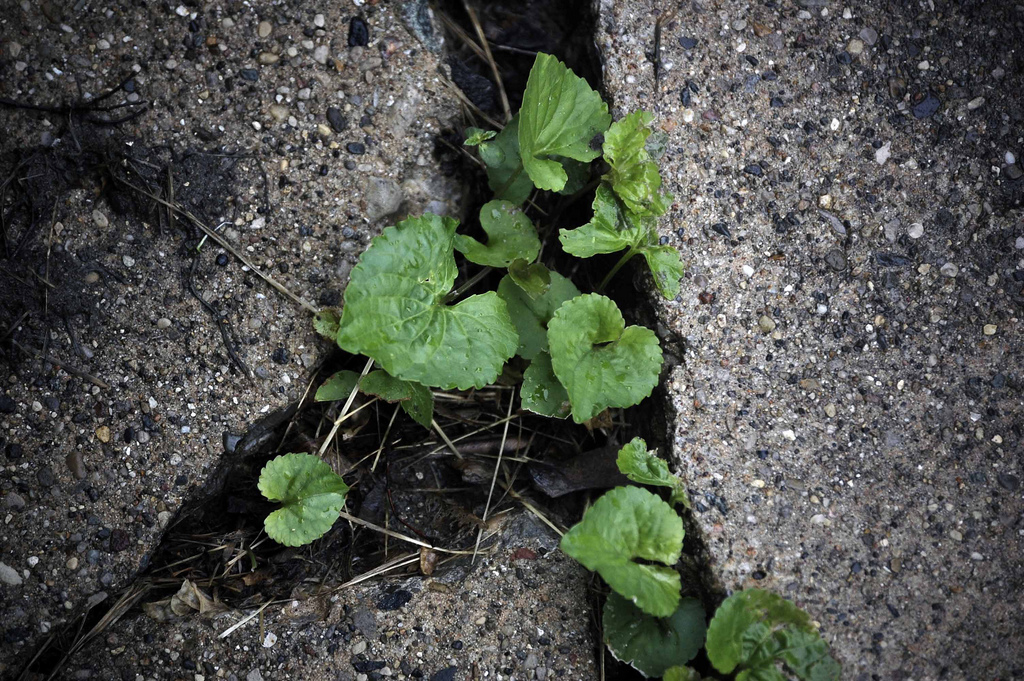
Aware gardeners around the region are working hard in their own backyards (and beyond) replanting and restoring our ecosystems, reaping delicious harvests, and enjoying the fulfillment of greater connection to the natural world and a rooted sense of place. As gardeners, it's time to realize that we're playing a critical role in climate change, native plant and wildlife survival, national food security, and the resiliency of our communities. Our choices on how to steward our small pieces of land make a big difference in our collective future. Join us!


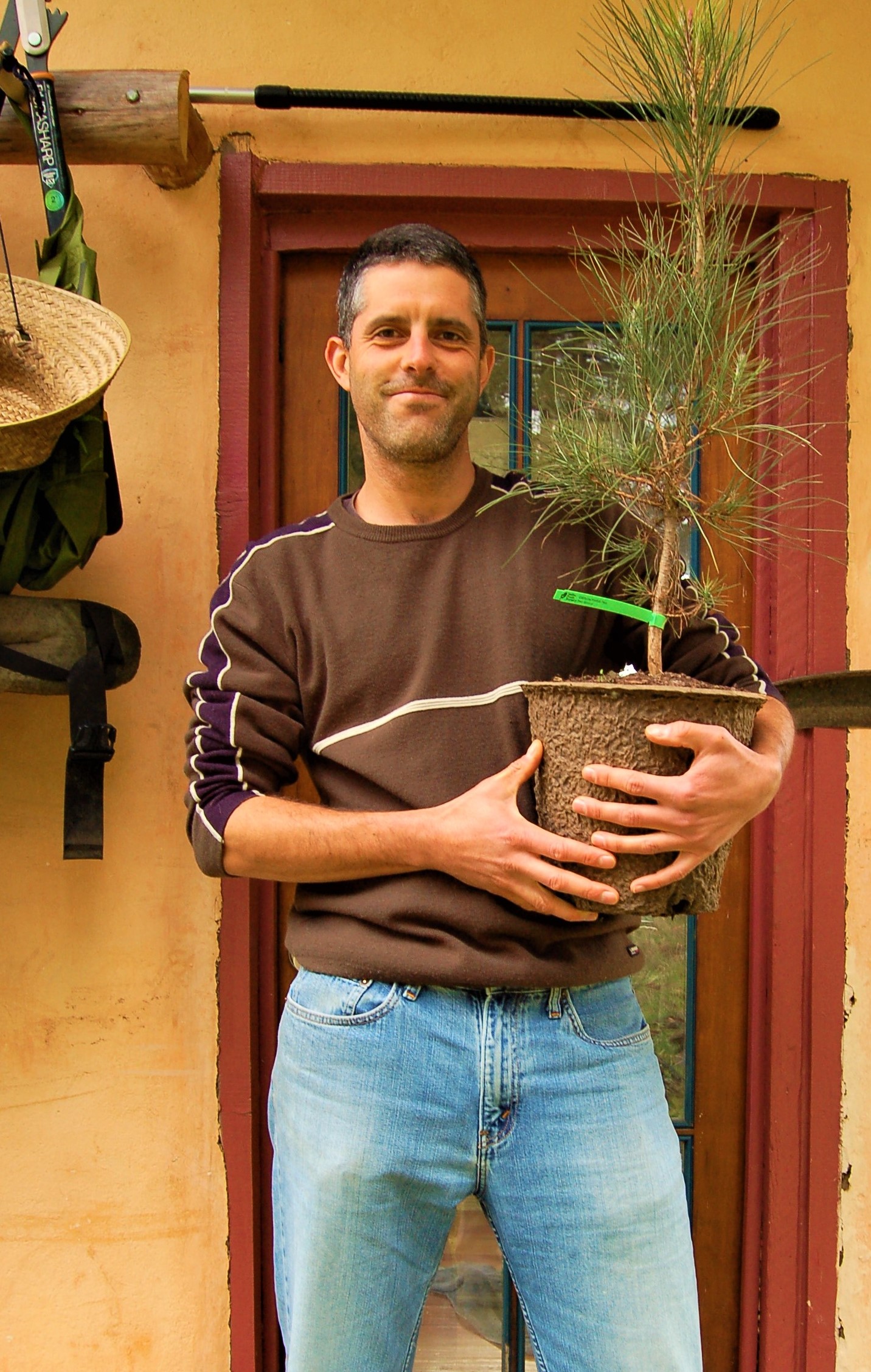
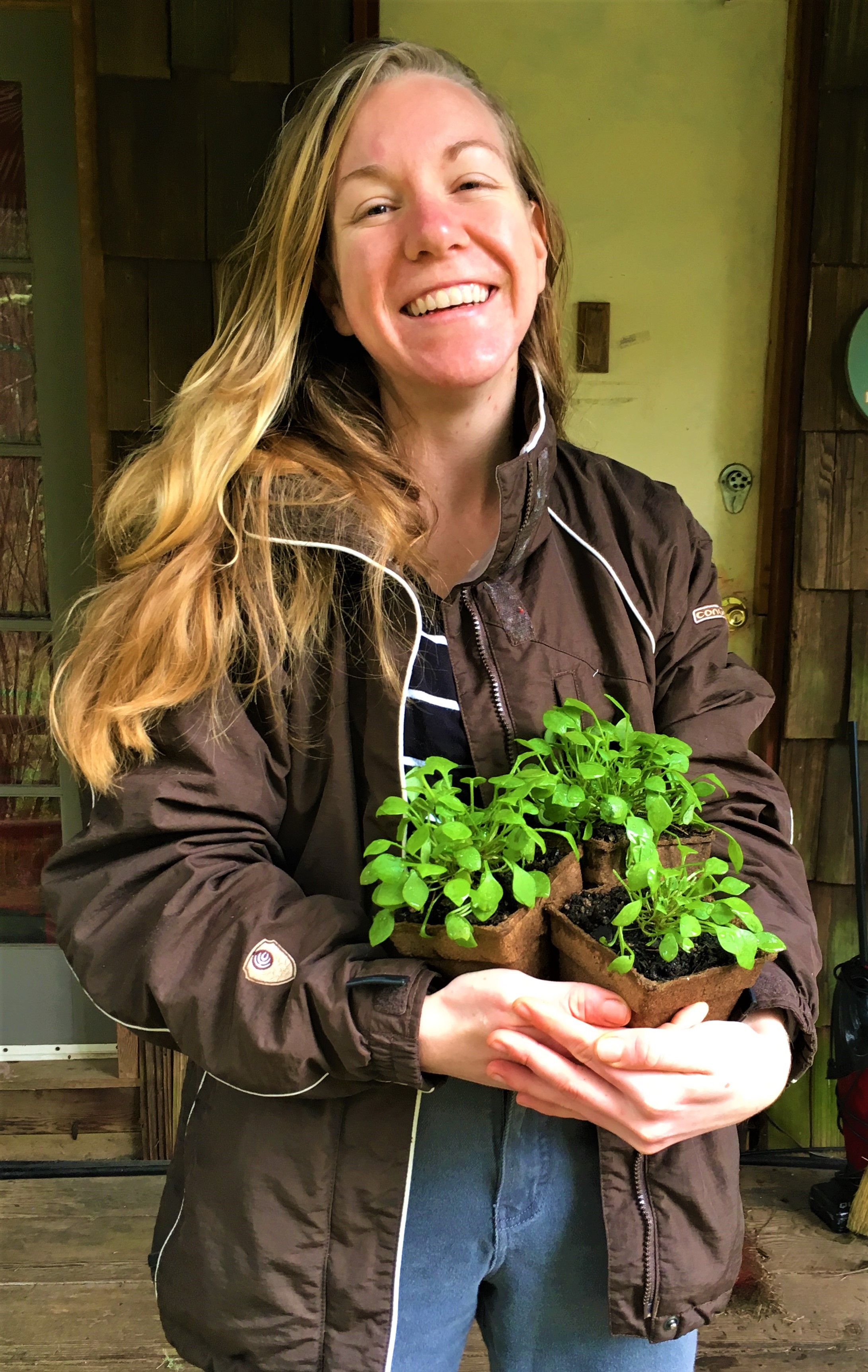

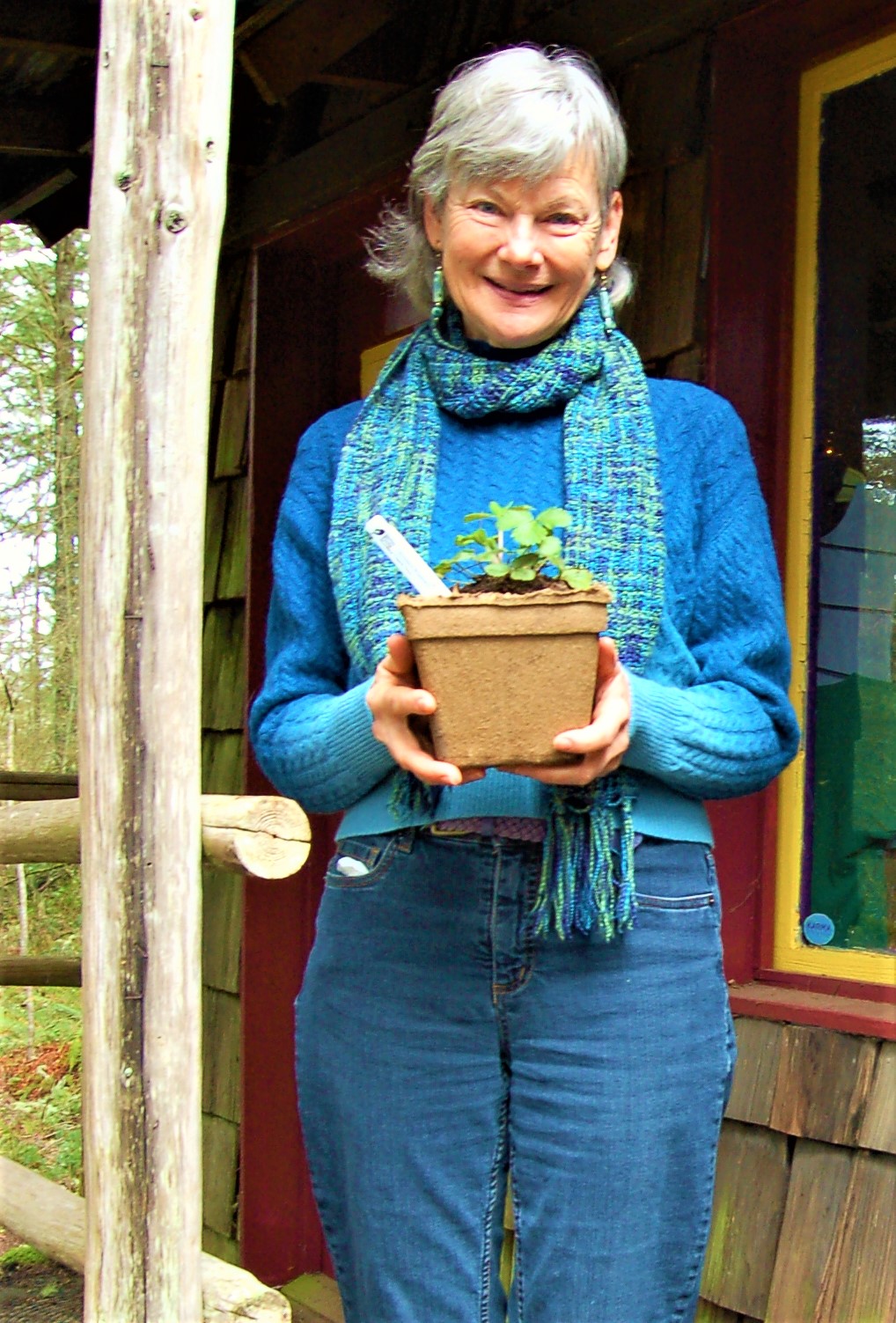
We can act together now to transform our suburbs and cities into resilient, life-sustaining ecosystems - ones that provide us nutritious food, clean air and water, a stable climate, and a home for our wildlife. And we can do it with great style and beauty - bringing unique, edible plants back to our yards for every creature to enjoy.
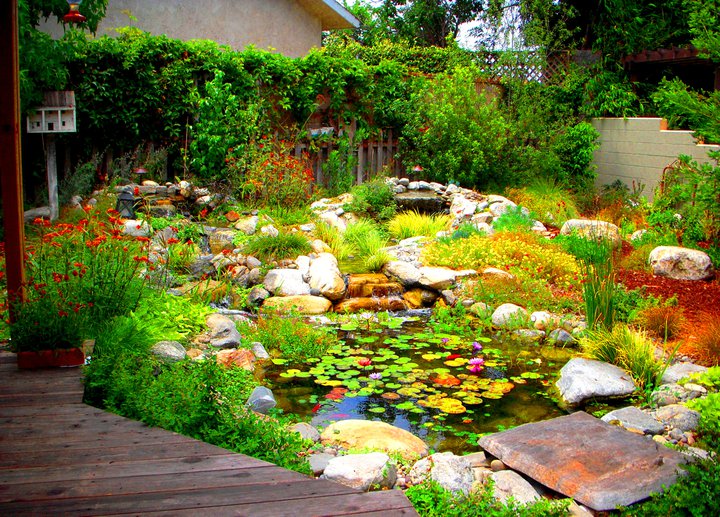
More and more people are catching on to the benefits of native, edible landscapes in their own yard. There’s growing trends in “natural landscaping”, “wild gardening”, and “habitat gardening”, as well as growing interest in "edible landscaping" and new and unusual edible plants. You can now even "certify" your backyard as wildlife habitat through special programs in your state or city or through the National Wildlife Federation.
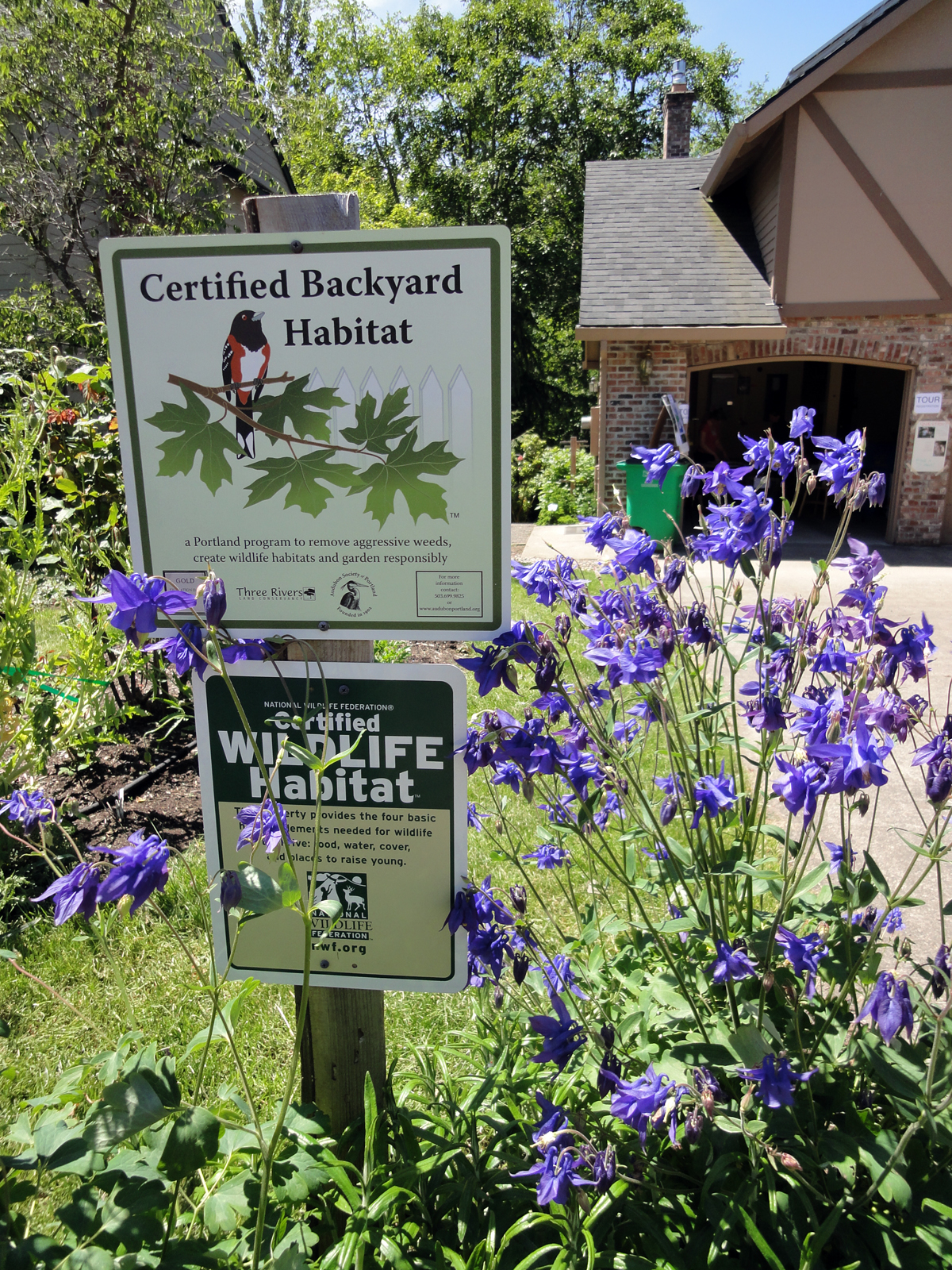
Some adventurous homeowners are even replacing their entire lawn with an edible landscape. Other are building rain-gardens to funnel water from their roofs into backyard wetlands. Some are even busting up their driveways and installing "permeable pavers" (so plants and water can go through)! Time to get bold and creative!
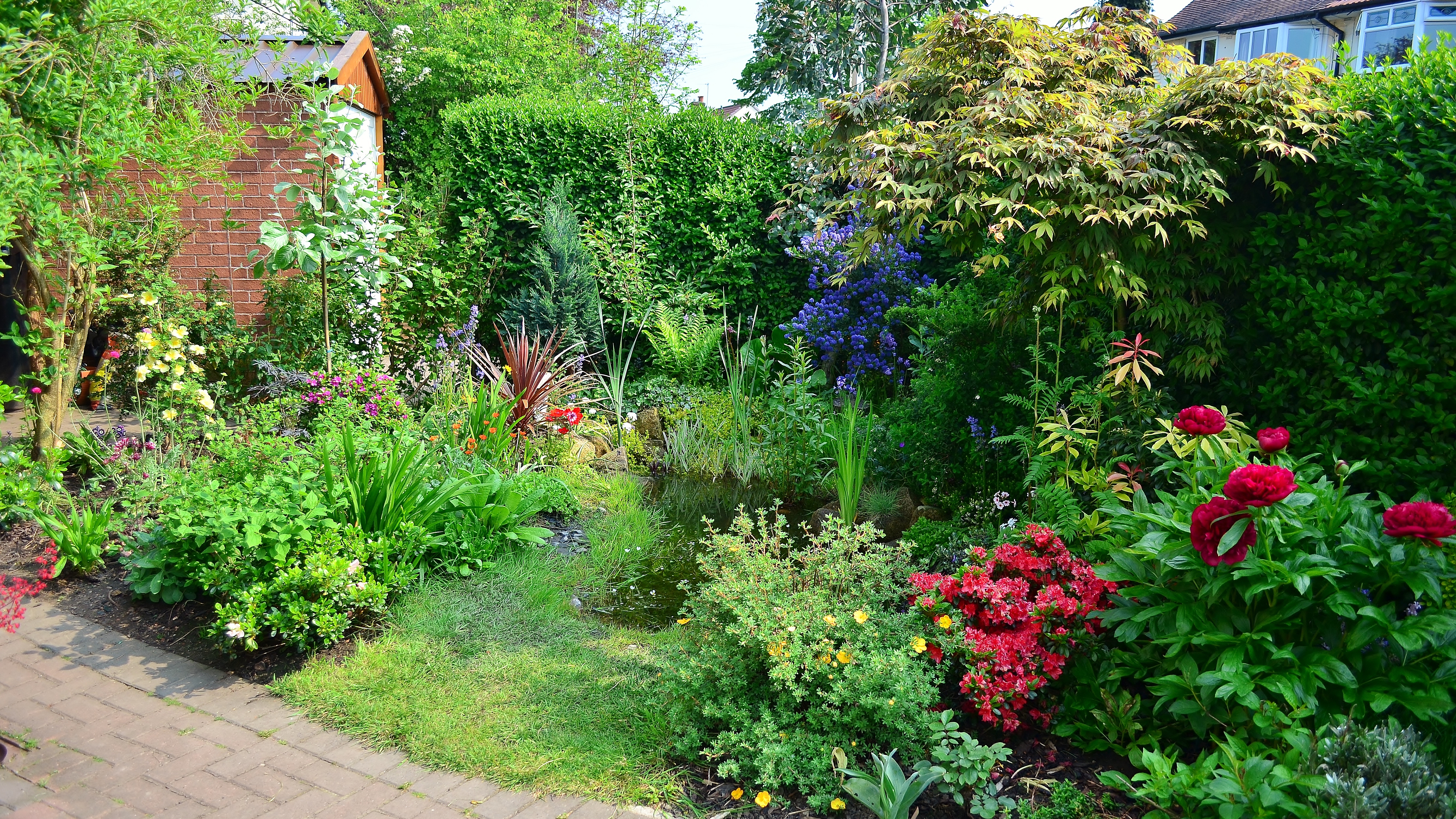

What's more, gardening with native plants is easier, too! They have already adapted with their local environment for thousands of years. This generally means they require less of everything - less water, less fertilizer, and less attention. It also generally means they are much more resilient and self-reliant in the midst of severe weather, droughts, climate change, and even deer browse.
Want to transform your yard into an Eden of native edibles? Join the movement and bring Nature home to your doorstep - order a Native Foods Nursery plant today!
